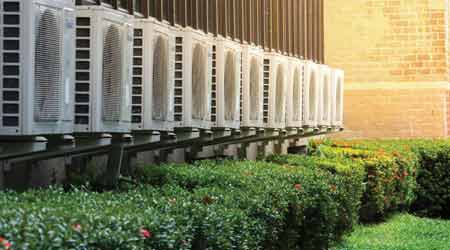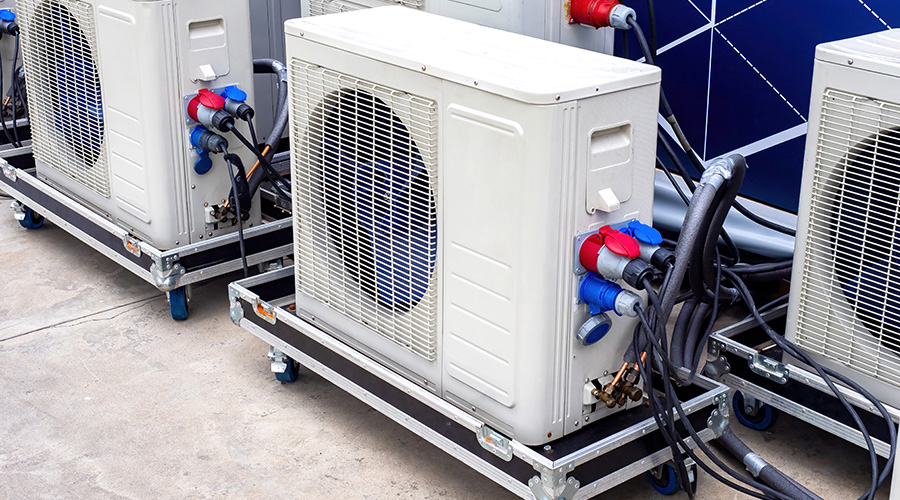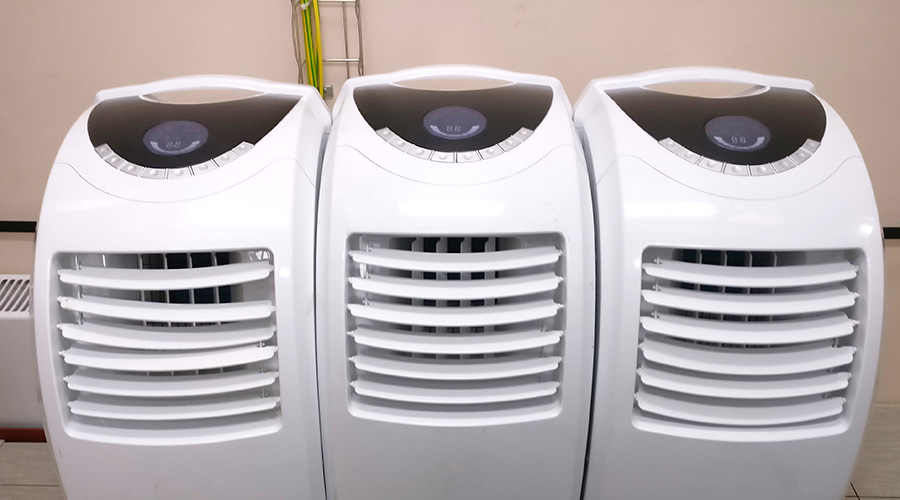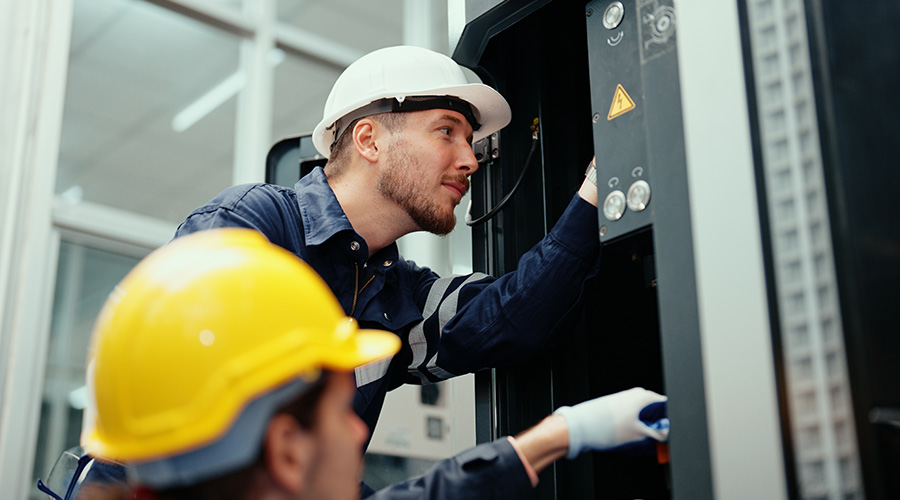 Shipments of heat pumps have increased by about 50 percent over the past seven years.Toli Scape / Shutterstock.com
Shipments of heat pumps have increased by about 50 percent over the past seven years.Toli Scape / Shutterstock.comHow To Achieve High Efficiency With Air Source Heat Pumps
Old concerns about air source heat pumps - that they're not as efficient in colder climates, for example - are falling away as technology improves.
The efficiency of air source heat pumps has historically been a concern, especially in colder climates, going back to their launch in the 1970s. And where electric resistance heat is used as a backup, a second concern has been over-reliance on this inefficient backup heat.
Newer air source heat pumps use variable speed compressors and variable speed fans, and operate down to temperatures below -10 F. Several studies have conclusively found that properly-sized air source heat pumps do not need backup heat.
However, a comprehensive review of recent research does show that actual efficiency can be lower than rated, likely for a variety of reasons, such as poor airflow, poor sizing (and ongoing reliance on electric resistance backup), poor refrigerant charging, and more. In order to obtain the highest possible efficiency, a variety of best practices are required in design and installation, including:
• Properly sizing heat pumps.
• �Not manually setting indoor units on low fan speed.
• �Not allowing the indoor units to run continuously.
• �Installing outdoor units away from vegetation, fencing, or other possible obstructions to airflow. Outdoor units should be installed on stands or wall-mounted or under a roof, to minimize the risk of snow obstructing airflow.
• �Following manufacturer’s instructions carefully for refrigerant charging. Following best practices for making refrigerant piping joints, to minimize the risk of leaks.
• �Keeping indoor units clean and unobstructed. This includes cleaning filters regularly, at a minimum annually.
In the absence of such best practices, the typical air source heat pump delivers an average annual efficiency of 2.5 COP (coefficient of performance) in colder climates such as the Northeast, and slightly higher in warmer climates. With best practices, annual efficiencies approaching 3.0 COP should be possible in colder climates.
Air source heat pumps are here to stay. They offer an efficient path to buildings with low carbon emissions and come with a host of other benefits. And soon, it could cost less to install air source heat pumps than to install fossil fuel systems. n
Ian M. Shapiro (imshapiro@taitem.com) is the founder of Taitem Engineering, Ithaca, N.Y., and the author of the books Green Building Illustrated (2014) and Energy Audits and Improvements for Commercial Buildings (2016).
Email comments and questions to edward.sullivan@tradepress.com.
Related Topics:














